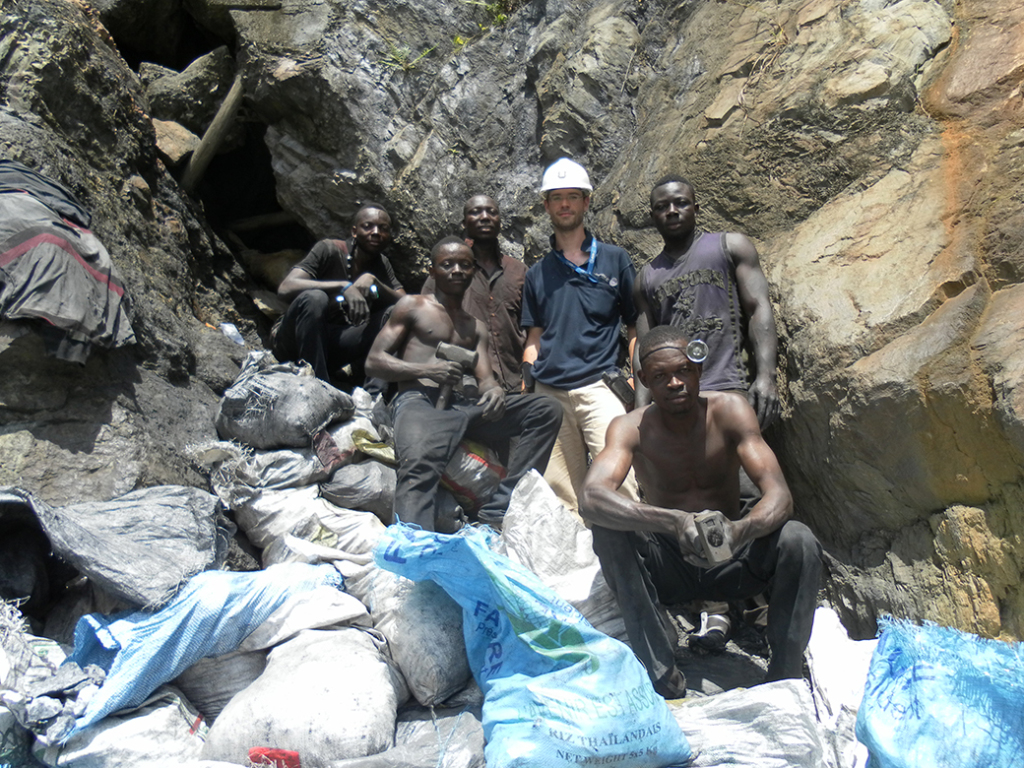
Year: 2014
Venue: Curtin University, Kalgoorlie, Western Australia
Travel report by Denis Fougerouse
I acknowledge Geoconferences (WA) Inc. for the receipt of the JH Lord Travel Grant. This grant offered me the opportunity to present my work at the Gold14@Kalgoorlie International Symposium in Kalgoorlie, Western Australia. The symposium was organised by the Australian Institute of Geoscientists (AIG) and Geoscientists Symposia. This international symposium covered a wide range of themes relevant to today’s and tomorrow’s gold industry including:
- Past, present and future of gold exploration and mining
- New gold provinces and opportunities
- The timing of gold mineralisation
- Gold exploration methods and technologies
My work is specifically looking at the giant Obuasi gold deposit, aiming to understand the architecture of the deposit and the controls on the gold mineralization. We combined underground and field mapping with microstructures, to investigate the controls and timing of gold mineralization. We constrained the microstructural and microchemical evolution of the arsenopyrite ore during metamorphism and deformation, using a combination of Scanning Electron Microscopy (SEM), Electron Backscattered Diffraction (EBSD), Secondary Ion Mass Spectrometer (SIMS), and quantitative synchrotron X-ray Fluorescence Microscopy trace element mapping with the Maia large solid-angle detector array at the Australian Synchrotron. At the symposium I presented a summary of the results we obtained on the timing of mineralization and evidence for gold remobilisation.
Presenting and attending to this symposium was very beneficial, getting constructive feedback from gold systems experts as well as learning from other people’s work.